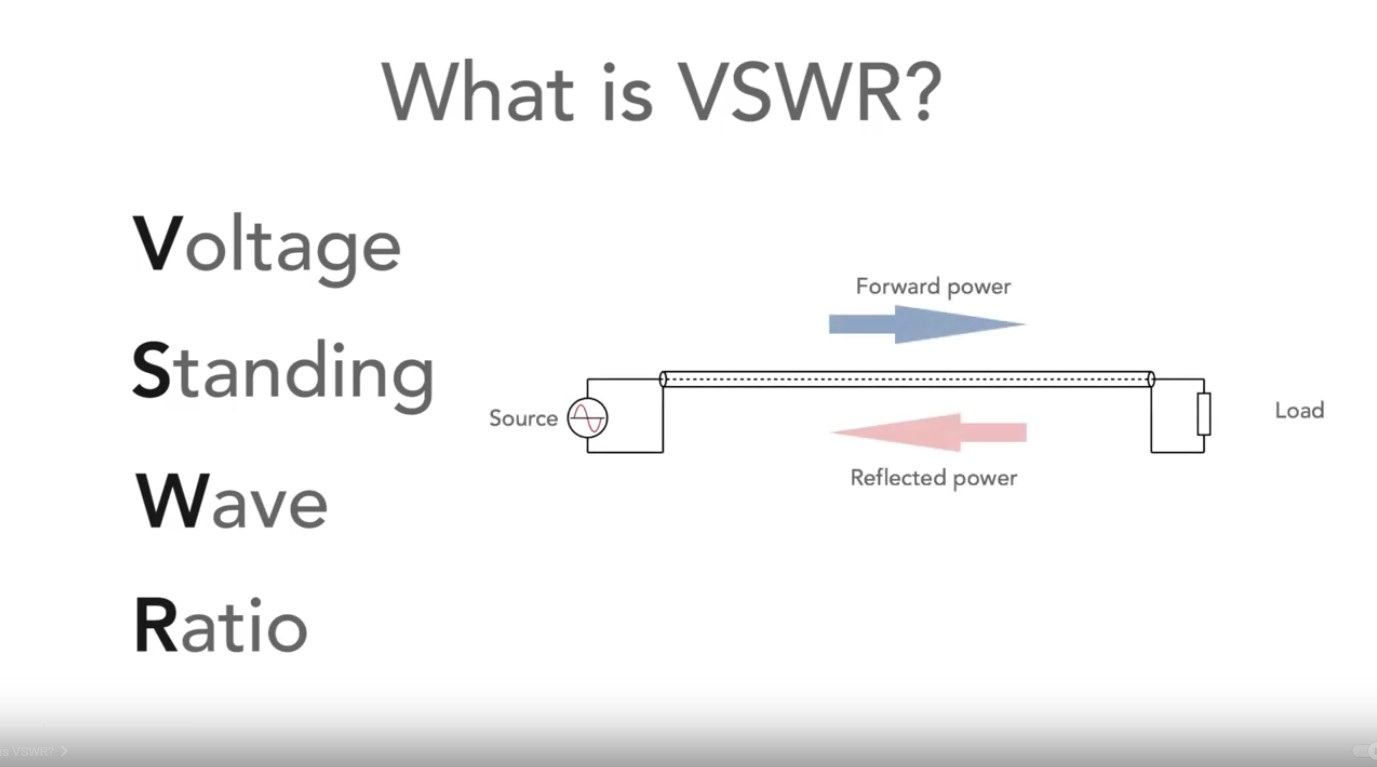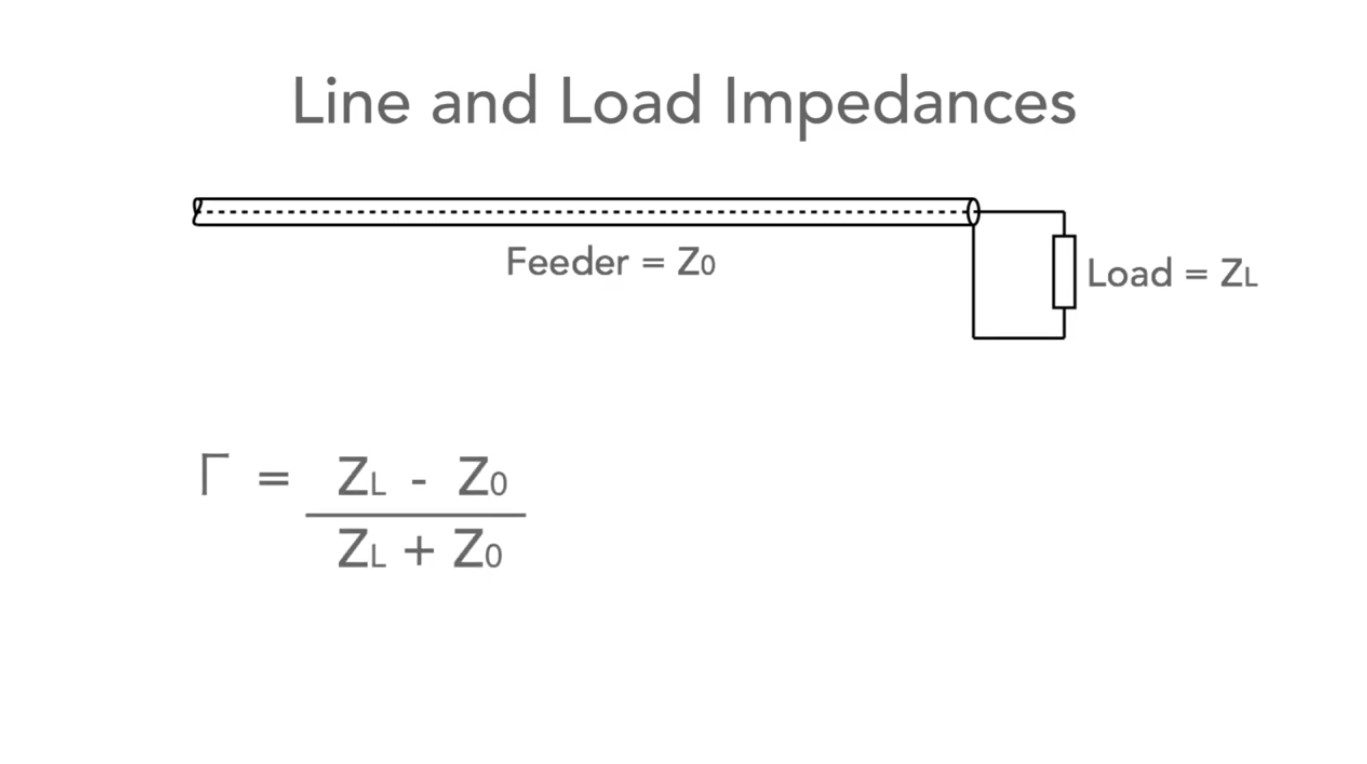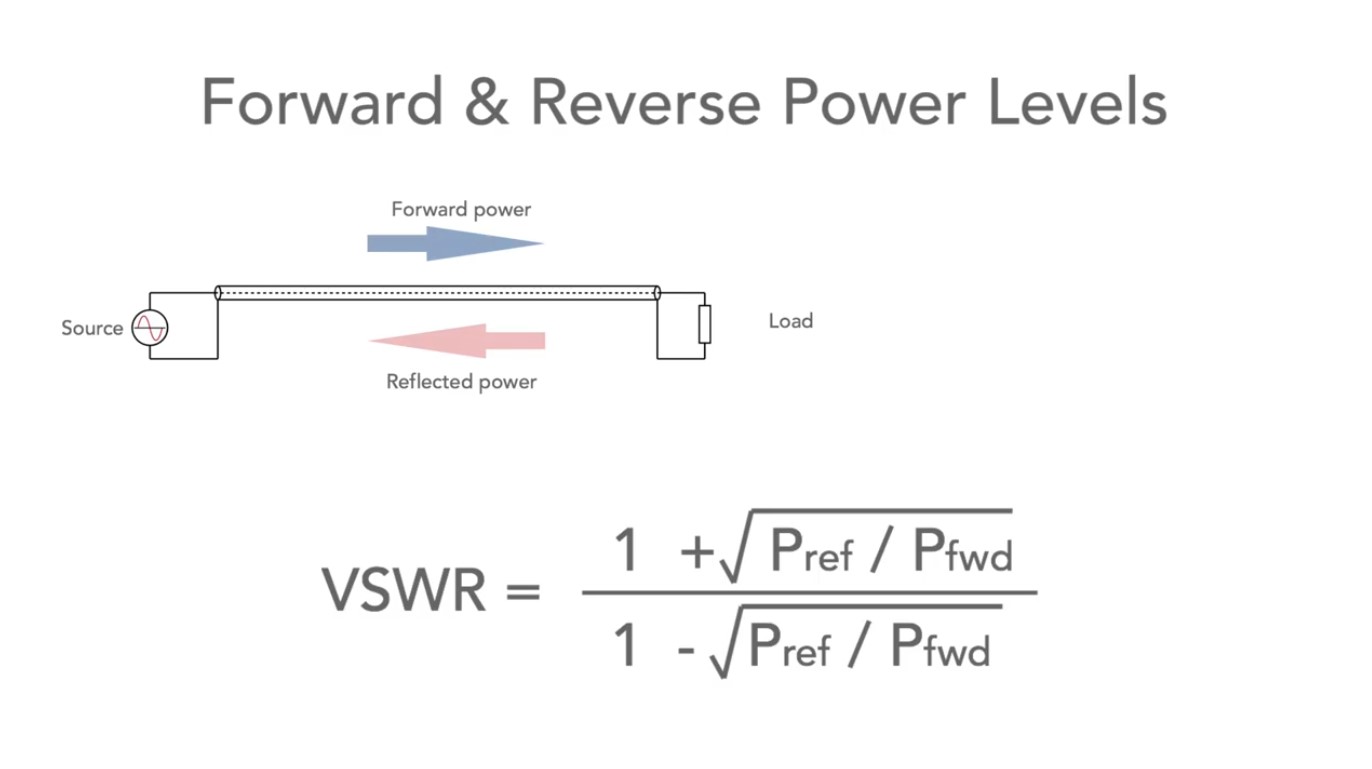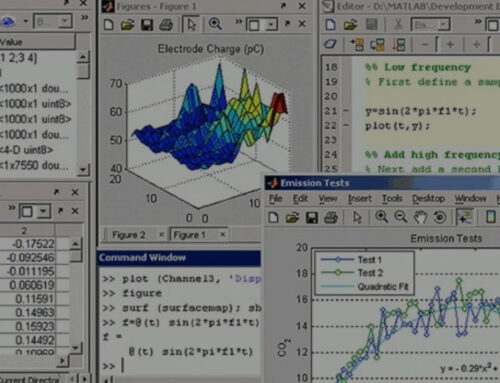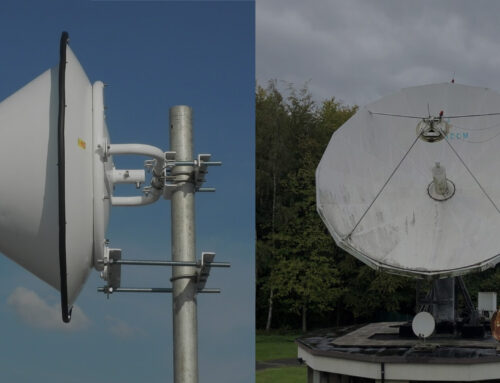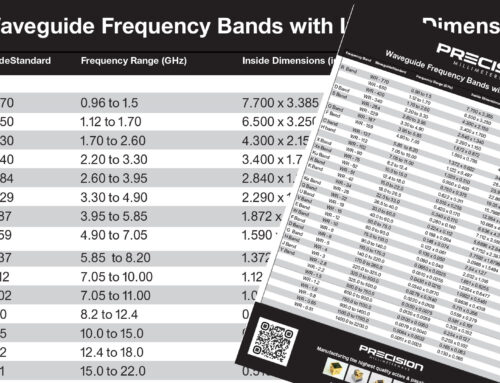Understanding VSWR and Why It’s Important
VSWR (voltage standing wave ratio) is a measure of the impedance matching between the radio or transmission line and antenna. It indicates the amount of power that can be safely delivered to an antenna without damaging it.
A low VSWR value means a better impedance match, and therefore more power being transferred efficiently from the radio or transmission line to the antenna. A higher VSWR value means a poorer impedance match, and therefore less power being transferred efficiently from the radio or transmission line to the antenna.
The VSWR is an important measure of the quality of a radio antenna system. It measures how much energy is reflected back to the transmitter when a signal is transmitted through an antenna. A high VSWR indicates that there are problems with the antenna and/or transmission line, as a large amount of energy is being reflected back instead of being radiated by the antenna.
In a typical system, you want to minimize the VSWR to improve efficiency and ensure stability of the system.
Real World VSWR
In a perfect transmission system, all the energy from a source would travel down a transmission line and be transferred to a load (amp, antenna, etc.). We would say that the source and load are perfectly matched and 100% of the power from the source makes it to the load.
In the real world, however, it is rare that the match (impedances) between the source and the load is the same. The difference in impedances between the source and load, causes the incoming signal from the source at one impedance to reflect off the load at a different impedance, travel back towards the source where it will interfere with the oncoming signal creating a standing voltage wave as the voltages add and subtract in phase along the line.
How to Calculate VSWR
VSWR = |V(max)| / |V(min)| of this standing wave.
Where Vmax is the maximum Voltage on the line and Vmin is the minimum voltage on the line. The higher the VSWR, the bigger the standing wave, the less efficient the transfer of power is and also the greater the difference in impedance between the source and the load.
VSWR can be calculated if we already know the impedances of the source and load.
If we call the impedance of the load ZL and the impedance of the source Zo we can calculate the VSWR from:
VSWR=(1+(ZL-Zo)/(ZL+Zo)/(1-(ZL-Zo)/(ZL+Zo))
The term (ZL-Zo)/(ZL+Zo) is called Γ (gamma) which simplifies the formula to :
VSWR = (1+Γ)/(1-Γ)
When the source and load are matched, Γ=0 making VSWR = 1.0 (often written as 1:1 as its a ratio) which is a perfect system.
Getting the source, the load, and the transmission line to match impedances:
- increases the available power to do work
allows the system to transmit over longer distances
allows the system to detect smaller signals/objects, etc.
Voltage Standing Wave Ratio Overall
Since VSWR specs can be tested passively without disturbing other equipment, it is an efficient and cost-effective way of screening antennas. Even though VSWR specifications are a useful tool for antenna testing, they should not be used as the only method of assessment since other factors such as radiation patterns must also be taken into account. Therefore, companies should use VSWR specs in combination with other tests to ensure their antennas meet all performance requirements.
When it comes to setting VSWR specifications, antenna engineers must consider a number of factors. These include the materials used in the antenna design, the environment that the antenna will be exposed to, and the desired performance level for the system. A higher VSWR spec could lead to antennas being rejected due to small variances from expected performance. On the other hand, a lower VSWR spec could lead to passing antennas that are not well-matched or that have problems such as detuned connectors. It is important for antenna engineers to strike a balance between performance and robustness when setting VSWR specifications.
In addition, it should be noted that VSWR only measures the potential of an antenna to radiate power, not how well it actually does so. As such, even if an antenna has a low VSWR, it still may not be radiating as much power as desired. To ensure that antennas are functioning properly, additional tests should be performed in order to verify their performance.
By setting appropriate VSWR specifications, antenna engineers can help ensure that the antennas they are designing will perform as desired and provide excellent service to their customers. By taking into account all of the factors involved, an engineer can help create a design that is both reliable and capable of providing top-notch performance.
Overall, setting VSWR specifications is a difficult but necessary task for antenna engineers. By taking all of the variables into consideration, an engineer can help create antennas that are reliable and perform to their full potential. This will result in customer satisfaction and fewer returns due to faulty antennas. For a video presentation, follow this link here.
The Path to Understanding VSWR and Why It’s Important
Here are some helpful videos that offer more insight into learning about VSWR
Other RF News, Information & Resources
About Precision Millimeter Wave
We are a growing microwave & millimeter wave manufacturing & engineering company of parts, sub-assemblies and more for both passive & active based components.
Contact us for your needs.


